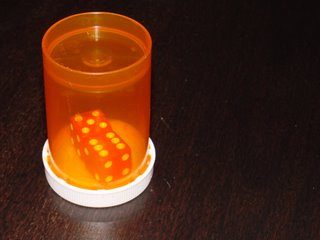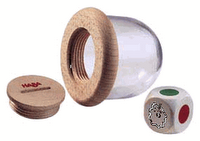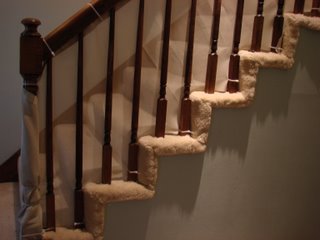
Laundry has been heavy on my mind this week as our 4 year old washing machine recently began eating our clothing.
Apparently my mind is not the only one trolling the laundry room as Parent Hacks is currently discussing laundry strategies.
Somehow, in the past decade, I have come to actually enjoy doing the laundry. One of my friends really loves to vacuum and mow the yard because he sees progress with his actions. With laundry I can see, touch, and smell success. Sure, everything is soon in the hamper again, but laundry offers a special supervisory bliss in which machines do most of the work. It's work lite- fewer calories burnt but all the bragging rights of the original.
After years of hauling our laundry to laundromats and relatives' homes, we decided to opt for capacity in our conveyances. In those vagabond years we used two huge army duffel bags (which had plenty of space for detergent and dryer sheets) and presorted at home for convenience. Plus, when you're washing on the generosity of others or stuck in a laundromat, it's a bit awkward & time consuming to be checking all the pockets and turning clothes right side out. We got in the habit of having everything washer-ready when it hit the duffel. This transport and storage system was happily abandoned when we finally got an apartment with washer and dryer hookups, but the habit of having everything ready to wash is one of our best practices.
We then moved into traditional rectangular baskets. These were the kiss of death. Laundry, clean and dirty, languished in them. Sometimes we also threw in mail, books, or whatever else we needed to move out of sight and the rectangles grew to towers of disused stuff in quiet corners of our apartment.
This pattern continued into our first home where the laundry room could accumulate a startling number of abandoned baskets. After losing most of the room and scrounging the absolute dregs of our wardrobe out the closet, I finally decided to take action.
In pre-married life, I'd had a 3 section sorter. It was an abysmal failure. Somehow the third basket muddied my thinking and caused laundry paralysis. The baskets weren't very large, and I don't like to do laundry all that often (even now). No more sorters for us. Hampers were also out of the question because you have to transfer everything to a basket and then carry all the stuff to the laundry room and sort. What a pain. Plus, hamper funk is a reality one must confront to retrieve all the socks from the very bottom.
We needed a large solution that allowed pre-sorting. Our solution is two Rubbermaid Flex N' Carry hampers (blue for darks and white for lights; how literal). These are for our cold water wash items. They hold a lot of laundry but still fit under hanging shirts in our closet. They allow the laundry to breathe, so hamper funk isn't a problem. Transfer is unnecessary as they are carried directly to the laundry room. Each basket holds 2 loads, so I take one to the laundry room at a time. Load 1 transfers to the dryer as load 2 gets suds. An ambitious person might fold load 1 when they put load 2 in the dryer. Usually both loads of clean laundry get tossed in the hamper and are dumped on our bed before they wrinkle badly. Leaving them on our bed forces us to fold before sleep. It's slightly ridiculous, but it works. The folded laundry begs to be put away in the closet a few feet away. The hamper is reinstated before much new laundry can accumulate.
We keep two white rectangular baskets nested in the closet for items washed in hot water (burp rags, undershirts, and the like). When the top basket is full, it is taken downstairs leaving the second to catch all new hot water wash items.
Similarly, BabyGeek's laundry is also double nested rectangle system (though the baskets are a different style which intentionally won't nest with the hot water wash baskets). If BabyGeek's laundry isn't immediately put away and lingers in a basket, I still have one in the closet for dirty clothes. Things feel really unresolved if I remove the second basket before replacing the first, so I rarely ever leave clean, folded clothes languishing in quiet places. I suspect when he gets into larger clothing he'll get a Flex N' Carry type hamper of his own and he'll learn to sort into two loads in the laundry room.













